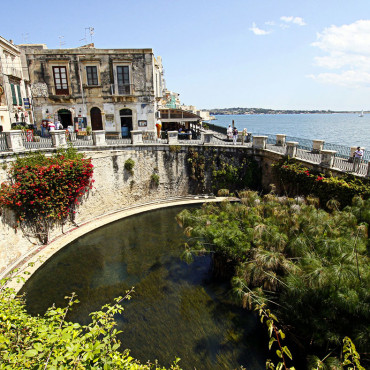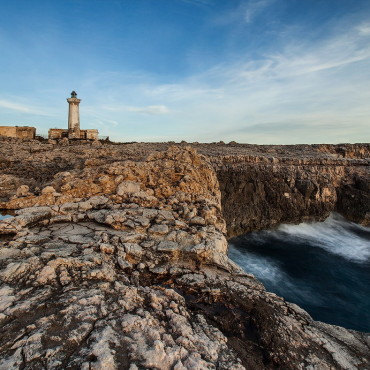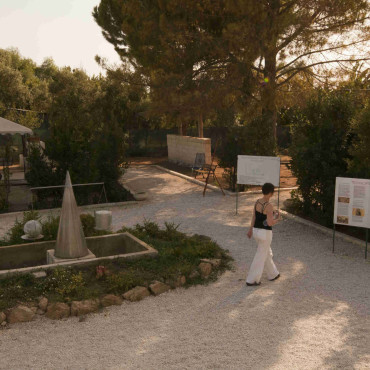
Perhaps you don’t know that there are many legends set in the Siracusa area. You will discover some of these at the House of Myths: it is a multimedia and interactive permanent exhibition on Greek mythology. More generally, what are the main legends of Siracusa? And by admiring what places can you find out more about them?
One of the most famous legends tells the story of the young Alpheus who fell in love with the nymph Arethusa who did not love him back. Tired of his insistence, the nymph asked Artemis to help; as a result the goddess transformed her into a fountain on the shore of Ortigia (the so-called “Fountain of Arethusa”). Alpheus then asked the gods for help, who turned him into a river emerging from Greece and all along the Ionian Sea to join his beloved fountain through a fresh water spring: the so-called “eye of Zillica”, which flows in the Porto Grande in Siracusa not far from the Fountain of Arethusa. Today the avenue that runs along the Fountain of Arethusa is even called Promenade Alpheus.
The Pillirina is a karst cave, located on the extreme tip of the Siracusa Maddalena Peninsula, the so-called “tip of the giant”. The legend tells the story of a rich girl who fell in love with a sailor- against the wishes of her parents. She used to meet him in a cave where they loved each other during the full moon. One day the sailor – swept away by a tidal wave as he sailed his boat- failed to turn up to meet her. The girl, devastated by grief then killed herself. It is said that since then sailors who pass the cave during a full moon, still see the silhouette of the girl waiting for her beloved.
There were also two sisters from Siracusa competing to see who was the most beautiful. A young man claimed the older sister was the winner and fell in love with her. The younger sister, instead got engaged to the brother of a judge. To thank the goddess of love, the two sisters decided to build a temple dedicated to Aphrodite Kallipygos.
Or the love of Ciane and Anapo. Persephone, daughter of Zeus and Demeter, goddess of vegetation and agriculture, was busy picking flowers with some nymphs on the banks of Lake Pergusa. Ade, who was in love with the girl, decided to kidnap her. The nymph Ciane reacted to the kidnapping by clinging to Ade’s chariot in a desperate attempt to hold him back. God who was angry, struck her with his sceptre and turned her into a spring with blue water (“cyanos” in Greek means “blue”). When the young Anapo (who was in love with the nymph Ciane) saw his girlfriend he decided to become a river to join the river of Ciane.
Archimede and his eureka! The central square of Siracusa is a tribute to the scientist Archimedes who, among thousands of inventions, found the solution to a complicated request made to him by Hiero II: to find out if a crown that had been given him was made of gold or not. All this without damaging the crown itself. Archimedes – saying the famous word Eureka! – discovered that it was enough to dip the crown in water and then soak the same amount in gold coins. Discovering that the two objects were moving different amounts of water, he realized that the crown was not made of gold.








